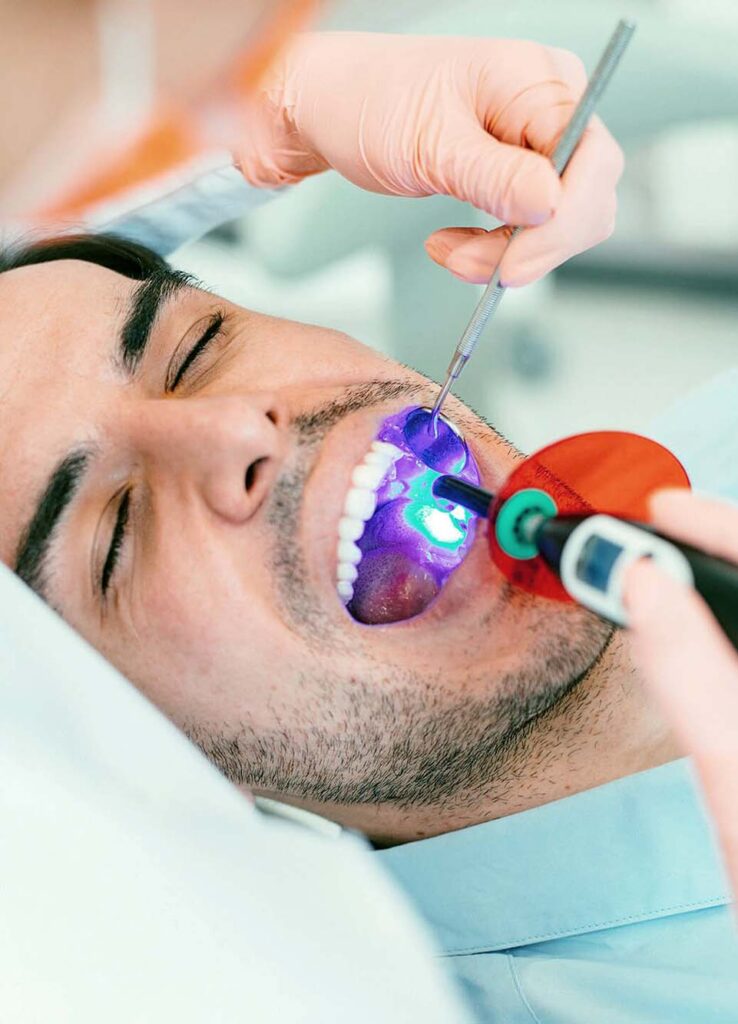
Invisalign cost typically ranges from $3,000 to $8,000 across the United States, with complex cases reaching up to $9,000. The final Invisalign price depends on your specific treatment needs, case complexity, and geographic location. Many dental insurance plans cover a portion of Invisalign treatment cost, and flexible payment options like HSA/FSA accounts and financing plans can make affordable Invisalign accessible for most budgets.
What is the average cost of Invisalign treatment in the United States?
The average Invisalign treatment cost falls between $3,000 and $8,000, with some complex cases reaching $9,000. This investment covers your comprehensive orthodontic treatment using custom-made clear aligners designed specifically for your smile transformation. Unlike a fixed price, Invisalign cost varies because each person’s dental needs are unique.
The price range exists because no two smiles are exactly alike. Someone needing minor adjustments to close small gaps will pay considerably less than someone requiring extensive correction for severe crowding or bite issues. Your Invisalign price reflects the number of aligners you’ll need, the length of your treatment, and the complexity of moving your teeth into their ideal positions.
This comprehensive investment includes your initial consultation, digital treatment planning using advanced 3D imaging technology, all custom aligners throughout your treatment journey, and regular monitoring visits with your provider. When you consider how much does Invisalign cost, remember you’re investing in both the transformation of your smile and improved oral health for years to come.
What factors actually determine how much you’ll pay for Invisalign?
Your final cost of clear aligners depends on six key variables that work together to determine your personalized Invisalign price. Understanding these factors helps you anticipate what you’ll actually pay and why two people might receive different quotes for what seems like similar treatment.
Case complexity plays the largest role in determining cost. Mild spacing issues or minor crowding require fewer aligners and shorter treatment times, keeping costs on the lower end. Severe misalignment, significant bite problems, or complex tooth movements require more aligners and extended treatment, increasing the overall investment.
Treatment length directly impacts price because longer plans need more custom aligners and additional monitoring visits. A six-month treatment naturally costs less than an 18-month plan requiring three times as many aligners and check-ups.
Geographic location affects Invisalign payment options and base pricing. Practices in areas with higher costs of living typically charge more to cover overhead expenses like rent, staff salaries, and operational costs. The same treatment might cost $1,000 more in a major metropolitan area compared to a smaller community.
Provider experience influences pricing as well. Orthodontists and dentists with extensive Invisalign training and years of successful cases often charge premium rates for their expertise. This investment can mean more predictable results and better problem-solving if complications arise.
Insurance coverage significantly reduces your out-of-pocket expenses when your plan includes orthodontic benefits. Invisalign insurance coverage varies widely, but many plans contribute $1,000 to $2,000 toward treatment costs.
Aftercare costs add $100 to $500 for retainers, which are essential for maintaining your new smile after treatment ends. Some practices include one set of retainers in the initial price, while others charge separately.
Does dental insurance cover Invisalign, and how much can you save?
Many dental insurance plans include orthodontic coverage that applies to Invisalign treatment just as it would to traditional braces. If your plan covers orthodontic care, you can typically use those benefits toward the cost of clear aligners, potentially saving $1,000 to $3,000 on your treatment.
The key is checking your specific plan benefits before starting treatment. Not all dental policies include orthodontic coverage, and those that do often have lifetime maximums (commonly $1,000 to $2,000) and age restrictions. Some plans cover orthodontics only for patients under 18, while others extend benefits to adults as well.
Contact your insurance provider directly to verify your Invisalign insurance coverage. Ask specifically about orthodontic benefits, lifetime maximums, any waiting periods, and whether Invisalign is covered at the same rate as traditional braces. Getting this information upfront prevents surprises and helps you budget accurately.
We can also verify your benefits during your consultation, helping you understand exactly what your plan covers and what your out-of-pocket costs will be. This transparency allows you to make informed decisions about your treatment and explore additional Invisalign financing options if needed.
What payment options make Invisalign more affordable?
Several payment strategies can make affordable Invisalign accessible regardless of your financial situation. Most patients combine multiple options to manage the investment comfortably while getting the smile transformation they want.
Insurance benefits should be your starting point. Verify your orthodontic coverage and apply those benefits toward your treatment cost. Even partial coverage significantly reduces what you’ll pay out of pocket.
In-office payment plans offered by many providers let you spread the cost of clear aligners over your treatment duration. Rather than paying the full amount upfront, you make manageable monthly payments, often with little or no interest. We offer flexible payment arrangements tailored to your budget, making treatment accessible without financial strain.
HSA and FSA accounts allow you to pay for Invisalign with pre-tax dollars, effectively giving you a discount equal to your tax rate. If you have these accounts through your employer, you can use accumulated funds or adjust your contributions to cover treatment costs.
Third-party financing options like CareCredit provide healthcare-specific credit lines, often with promotional periods of 0% APR. Traditional credit cards with 0% introductory rates can also work if you can pay off the balance before interest kicks in. These Invisalign financing solutions give you immediate treatment access while spreading payments over time.
Dental school programs sometimes offer supervised Invisalign treatment at reduced costs. Licensed dentists oversee student providers, ensuring quality care while lowering expenses. This option works well if you have flexibility with appointment scheduling and don’t mind longer treatment planning sessions.
The best approach combines options that fit your specific situation. Request an Appointment to discuss your goals and explore which Invisalign payment options work best for your budget. Investing in your smile shouldn’t feel overwhelming when the right financial solutions make treatment accessible and manageable.

